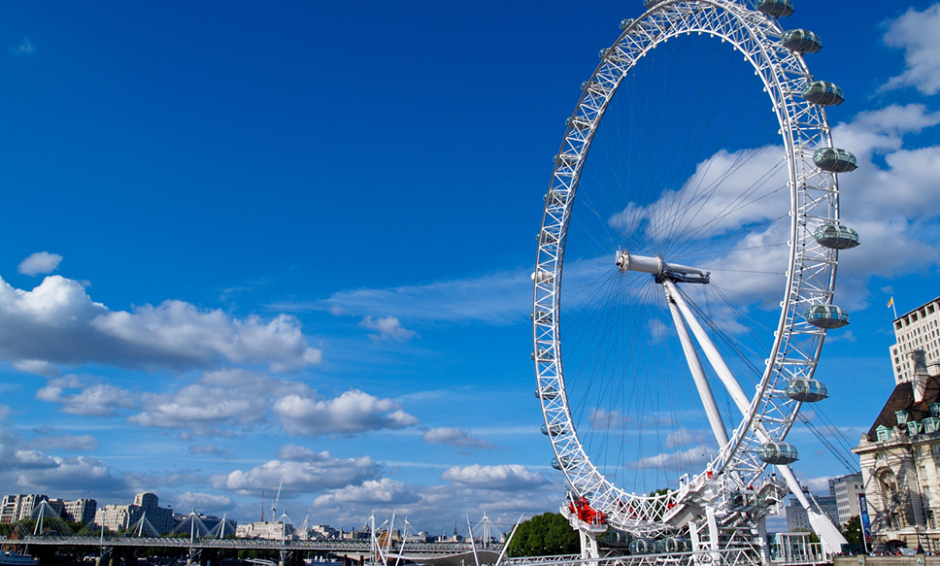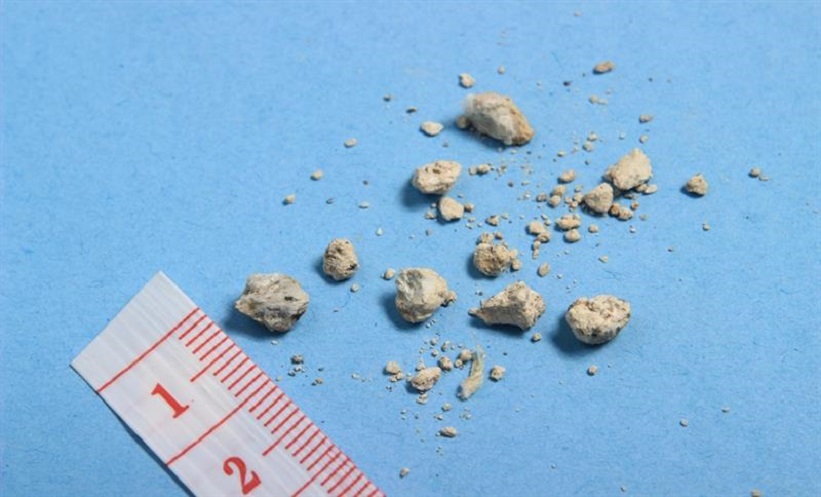Many urologists still use double J ureteral stents at the end of semi-rigid and flexible ureteroscopy (ureteroscopic lithotripsy [URS] and retrograde intrarenal surgery [RIRS], respectively), although they are often unnecessary. As the worldwide spread of RIRS should be intended to increase efficacy but not morbidity, we decided to evaluate stent-related symptoms specifically after URS and RIRS using a specific validated questionnaire: the Ureteric Stent Symptom Questionnaire (USSQ).
The objective of our study was to assess double J ureteral stent-related urinary symptoms in detail after URS and RIRS with the USSQ, and to show this in an easily understandable way. We organised a prospective single-institutional observational study from January 2010–October 2015. After URS and RIRS with double J ureteral stent use, patients were asked to complete the validated Italian version of the USSQ. A descriptive statistical analysis and a Likert analysis were performed.
Two hundred and thirty-two patients completed and returned the USSQ, and 88% of patients stated that their urinary symptoms represented a problem, with 47% stating they represented either quite a bit of or a severe problem, and 79% noting they would feel mostly dissatisfied, unhappy, or terrible if they had to spend the rest of their life with their urinary symptoms. The Likert scale results showed in detail how stents are particularly associated with burning at voiding, urgency, a feeling of incomplete voiding, and macroscopic haematuria. Stratification by sex showed that urinary symptoms are more common and severe in females. Stratification by age showed that burning at voiding, a feeling of incomplete voiding and macroscopic haematuria are more common and severe in younger patients. See Figure 1 and Table 1.
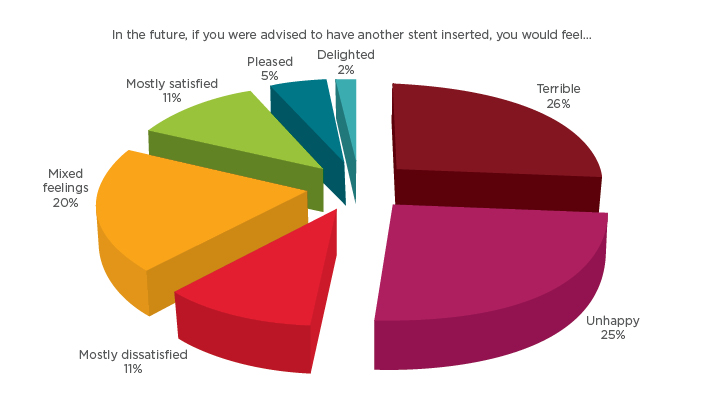
Figure 1: Answers to question about how patients would feel about having another stent inserted in the future.
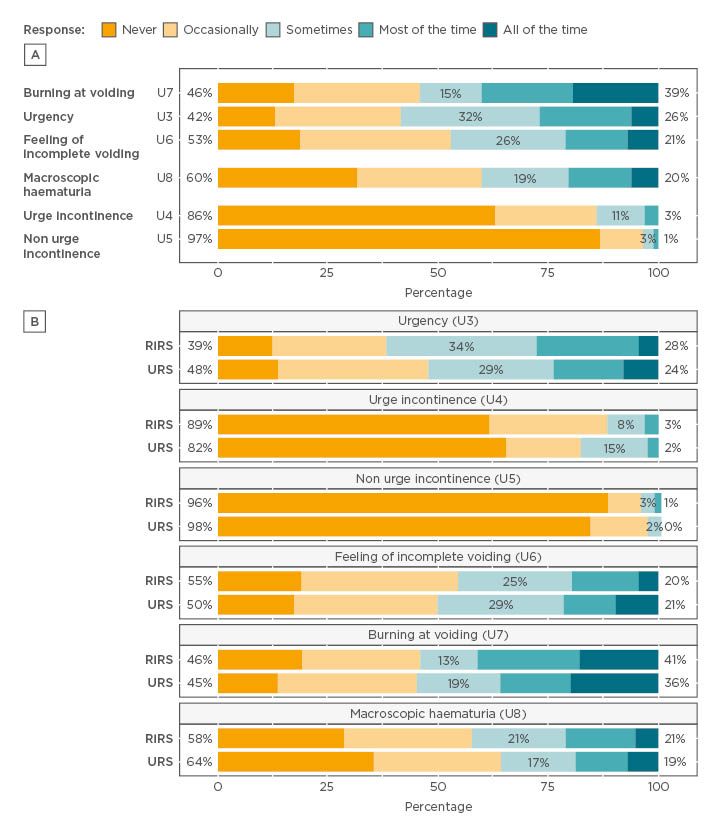
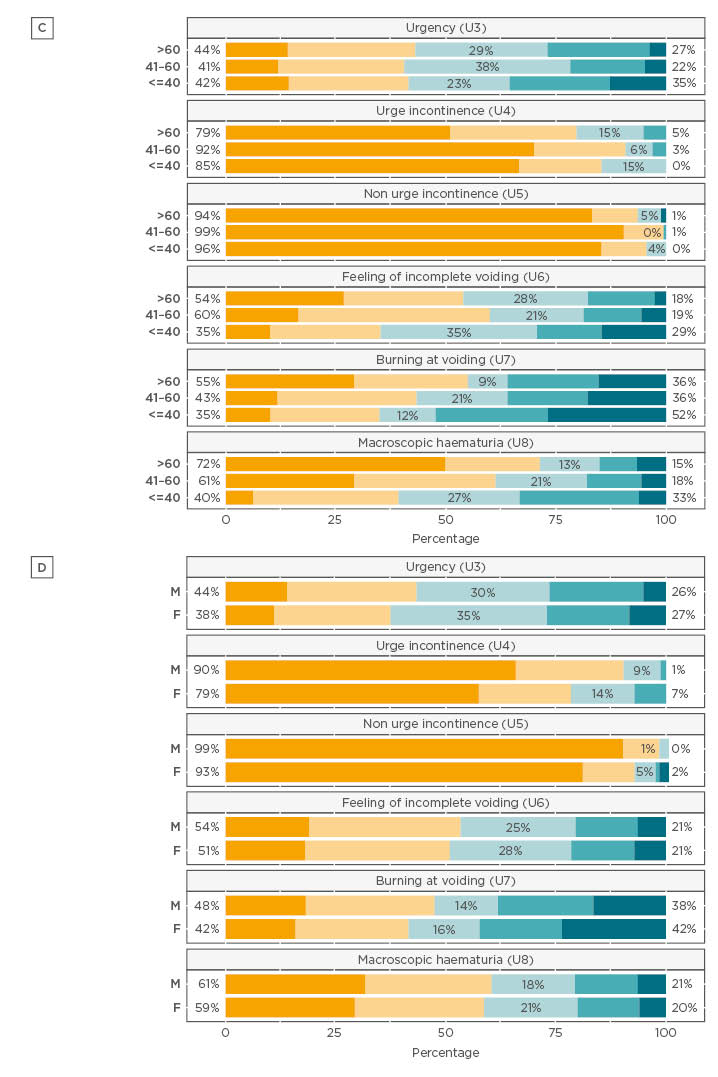
Figure 2: Likert scales for urinary symptoms.
A) Overview of urinary symptoms; B) Stratification by procedure type; C) Stratification by age; D) Stratification by sex.
In conclusion, the use of double J ureteral stents after URS and RIRS is commonly associated with bothersome urinary symptoms and urinary symptoms represent a problem for the great majority of patients with females and younger patients being particularly affected. Therefore, stents should be used after URS and RIRS only when absolutely necessary and should be left in place for as little time as possible.

